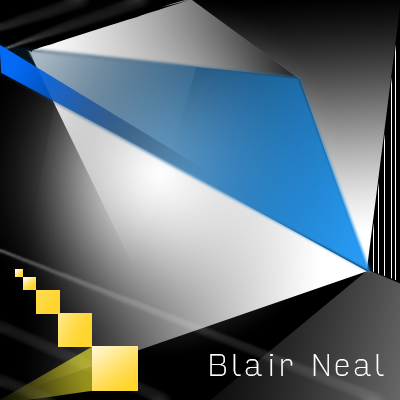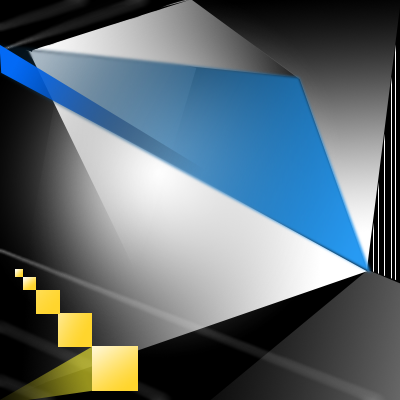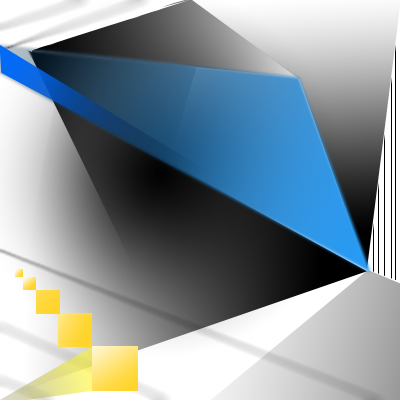31 Oct ETC: Day 5 and 6
Saturday was mostly a blur of activity. I hit a kind of lull at the end of friday in terms of thinking of ideas, but I got several things done yesterday. I made a couple drafts for simple music videos for random songs that came on shuffle. Everything was very tied into using the Jones Sequencer and having it switch based on audio cues. I tried another lo-fi bullet time experiment as well with more cameras and a more exact setup. I tried to focus on the idea of making a video in a single shot…whatever actions I could fit into the space of a song, that would be the entire completed video.
All in all I have maybe 5 or 6 pieces that will be edited down into final projects over the next few weeks which is exciting…some of them I’m more interested in than others, but here is a list of what I came up with:
1. Short documentation video on the Wobbulator
2. Video for Gayngs – Walker
3. Video elements/ideas for The Velvet Teen – No Star
4. Video for Metric – He lied about death (cover of a Stars song)
5. Drum circle performance piece
There are a few other random source pieces that I gathered and in total I have about 40 to 50gb of stuff I’ve gathered this week..not bad for being all on my own.
I’ve learned a lot of interesting things this week…despite being turned off by some of the look of analog video effects and things of that nature, digital video still has a lot of different things to catch up to in many other areas. After spending years with my jitter performance patch, I am very used to the responsiveness of digital interfaces for video effects, but with analog everything was just that much faster for my brain to feel way more connected to my actions…the difference of a few milliseconds was all it took. Turning knobs on oscillators, while faster, also felt very unpredictable but it was a welcome unpredictability..something to be mastered. Also, having a constant framerate despite pumping tons of things into the system was something that I had to get used to.
I was also struck by the ability to use multiple sources with analog equipment. I’m no stranger to TV switchers and things like that, but the Jones sequencer seemed like something that would be completely impossible for digital visualists. The fact that I could live switch between 8 sources from between ~1 and ~20000hz was really amazing, and it was part of the reason why I used the sequencer so much. I’m so used to being able to plug in one firewire camera and maybe mixing in some source video from my harddrive, but not much more than that…the ability to work with multiple sources at such a rapid rate was really great.
It was also interesting to come here with my two HD cameras and realize a place like this is in a sort of arrested development. None of the equipment here will ever work with resolutions greater than standard definition and it’s confusing to think about that. Now we can do many of the same things in software at whatever resolution we want, but it’s definitely missing this physical element of plugging crazy boxes together and crossing your fingers. When talking with Hank Rudolph he said one of the points of the center is about real-time interaction and real-time experimentation, and that’s really what it communicated to me. He seemed skeptical of HD because people ended up trading some of the interesting things that were happening with video for greater resolution instead of greater speed…and so rendering times end up falling behind real-time. I’m sure we’ll get there eventually, but for now this place is still an incredibly important resource.
Many thanks to Sherry Hocking and Hank Rudolph for allowing me time here, it was really an eye opener and I hope to return again soon.


